The Ministry of Education and Training is planning to pilot a model of technical high schools (THKT) and high schools combined with vocational training. This model opens up a strategic opportunity for Vietnamese education in the period of comprehensive innovation, and is a solution towards universalizing general education (GDPT) as directed by the General Secretary.

In addition to the high school system, it is necessary to develop a model of technical high schools and high schools combining vocational training to move towards universalizing general education.
PHOTO: DAO NGOC THACH
TEACHING INTEGRATED BOTH CULTURE AND PROFESSION
To build a model of high school, the revised Education Law needs to define this as a type of general education, teaching integrated culture and profession, including technology, agriculture, forestry and animal husbandry. It is necessary to unify the organizational structure, program, assessment and recognition of diplomas. The program must achieve dual goals: students have enough knowledge to continue studying at colleges and universities and have vocational skills to work immediately after graduation.
Facilities and teaching staff play a decisive role. High schools must have practice workshops, modern equipment, and teachers who meet both pedagogical and professional standards. Reasonable tuition policies, scholarships to encourage and support disadvantaged students will contribute to attracting students.
In addition, it is necessary to change social perceptions so that people see that THKT is not a "low-level" choice but a practical direction, which has become popular in many developed countries. The pilot needs to be carried out synchronously, with each locality building at least one standard school. After the pilot, there must be an objective, independent assessment to adjust before expanding and recognizing this as a formal learning choice.
At the same time, reorganize the current system, abolish the outdated model of Vocational Education - Continuing Education Centers. Some centers can be converted into high schools, others into technical high schools.
STRATEGIC OPPORTUNITIES FOR VIETNAM
If deployed in the right direction, the modern THKT model brings great benefits, helps to effectively stream after secondary school, creates a source of highly skilled human resources, meets the needs of technology, digital human resources, green energy, and green economy .
This is not just a small reform, but a strategic opportunity for Vietnam to reshape the national education structure, improve labor productivity and develop sustainably.
When modernized and integrated, this model will affirm its position as an inevitable direction, contributing to bringing Vietnamese education closer to international standards. Aiming for a reasonable rate of post-secondary education:
50-60% of high school students, 15-20% of high school students and 20-30% of vocational high school students. This is also the key solution to universalize secondary education as directed by General Secretary To Lam .
Technical high schools and vocational high schools are one of the strategic solutions to meet the requirements of national development towards two 100-year goals: by 2030, becoming a modern industrialized country with an upper middle income; by 2045, becoming a developed, high-income, powerful and happy country.
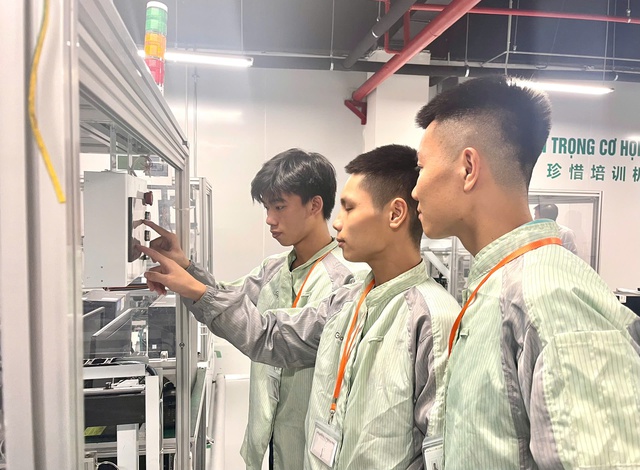
In many industrialized countries, technical secondary education is a formal, quality, and socially respected choice.
Photo: My Quyen
SECONDARY EDUCATION LINKED TO PRODUCTION
Vietnam had a similar model, developing in two different directions in the North and the South before 1975.
In the North, in the context of building state-owned industry and agriculture, a series of technical workers' schools and intermediate vocational schools were established, providing human resources for Thai Nguyen iron and steel, Hanoi mechanics, Uong Bi electricity... The program is flexible, focusing on practice. In addition, industrial high schools in Hanoi teach both culture and technical training. In rural areas, agricultural high schools such as the Hoa Binh Socialist Labor Youth School also combine cultural studies with production.
In the South, since the late 1950s, the technical secondary school system has developed strongly, inherited from the French period such as Cao Thang Technical Secondary School (Saigon) and newly opened technical secondary schools in Hue, Da Nang, Quy Nhon, Nha Trang, Vinh Long... quickly gained prestige, attracting many good students from junior high school. The program is 50% for technical - vocational, 50% for culture. Students are divided into two directions: technical - mathematical system, can take the graduation exam to get a math baccalaureate degree and at the same time be good at technical; professional technical system, get a professional technical high school degree to work or continue studying. These people continue to study technical at Phu Tho Polytechnic, after 2 years of graduation exam, are recognized as equivalent to Baccalaureate II Technical, qualified for university entrance exam.
In parallel, the agricultural, forestry and animal husbandry secondary school system in Hue, Bao Loc, Tay Ninh, Can Tho... trains intermediate technicians in agriculture, veterinary medicine, and animal husbandry, closely integrating the general education program with production practice.
In the world, secondary education is not the only way to enter university. In many industrialized countries, THKT is a legitimate, quality choice and is highly valued by society. We can refer to the models in Germany, Japan, Korea, etc. The common point in international models is that THKT plays a pivotal role in human resource training, not a second-class choice but a practical and substantial direction, contributing to the universalization of secondary education.
Source: https://thanhnien.vn/pho-cap-giao-duc-pho-thong-giai-phap-truong-trung-hoc-ky-thuat-185250915194317465.htm




![[Photo] Lam Dong: Images of damage after a suspected lake burst in Tuy Phong](https://vphoto.vietnam.vn/thumb/1200x675/vietnam/resource/IMAGE/2025/11/02/1762078736805_8e7f5424f473782d2162-5118-jpg.webp)


![[Photo] President Luong Cuong receives US Secretary of War Pete Hegseth](https://vphoto.vietnam.vn/thumb/1200x675/vietnam/resource/IMAGE/2025/11/02/1762089839868_ndo_br_1-jpg.webp)




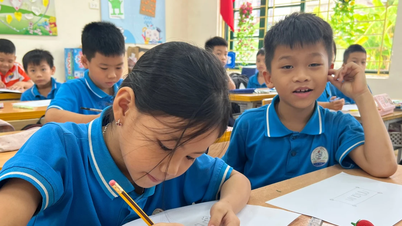

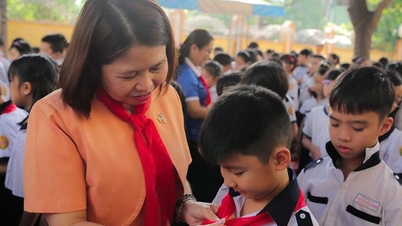

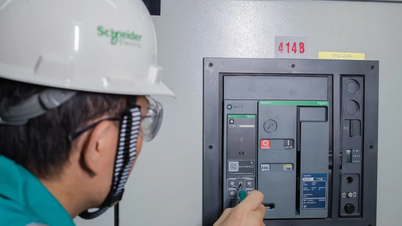

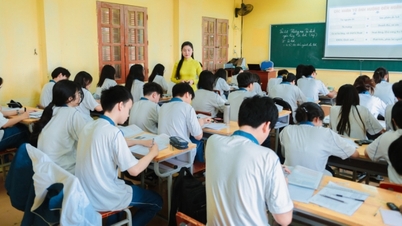

![[Video] Expected many special policies on salaries and allowances for teachers](https://vphoto.vietnam.vn/thumb/402x226/vietnam/resource/IMAGE/2025/11/02/1762099443374_luong-dac-thu-cho-giao-vien-3221-jpg.webp)



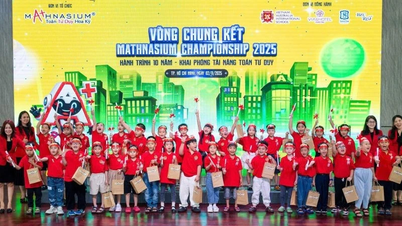



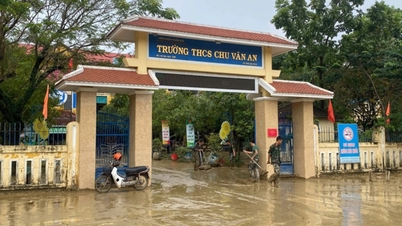







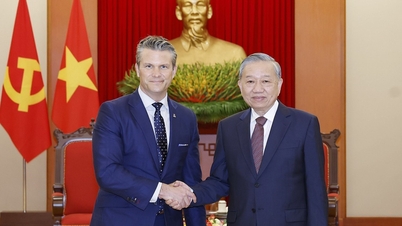








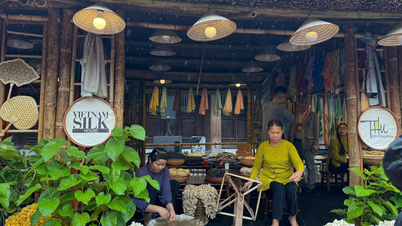























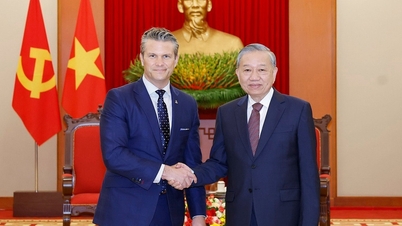



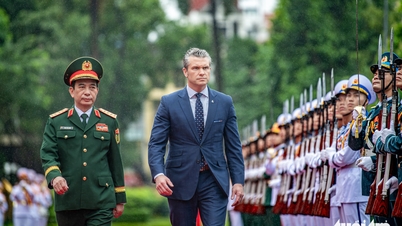





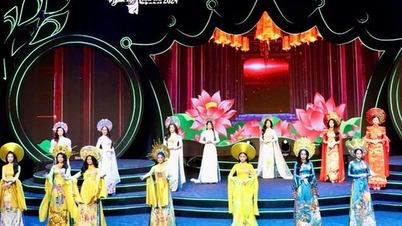


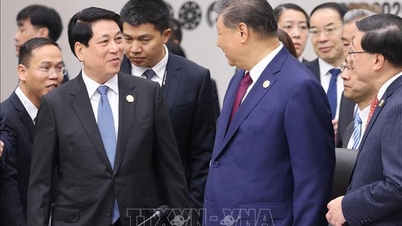










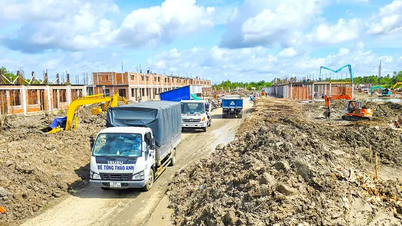
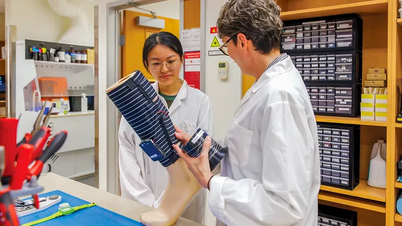
















Comment (0)